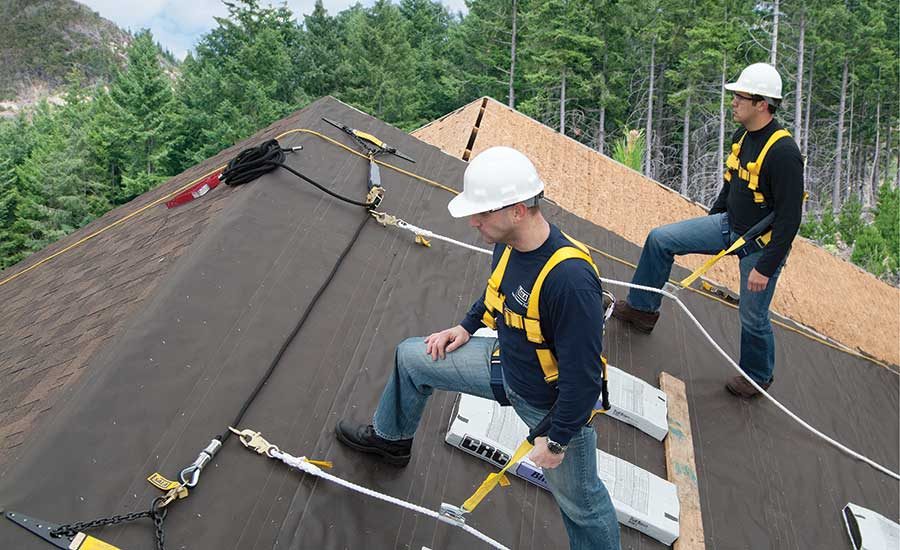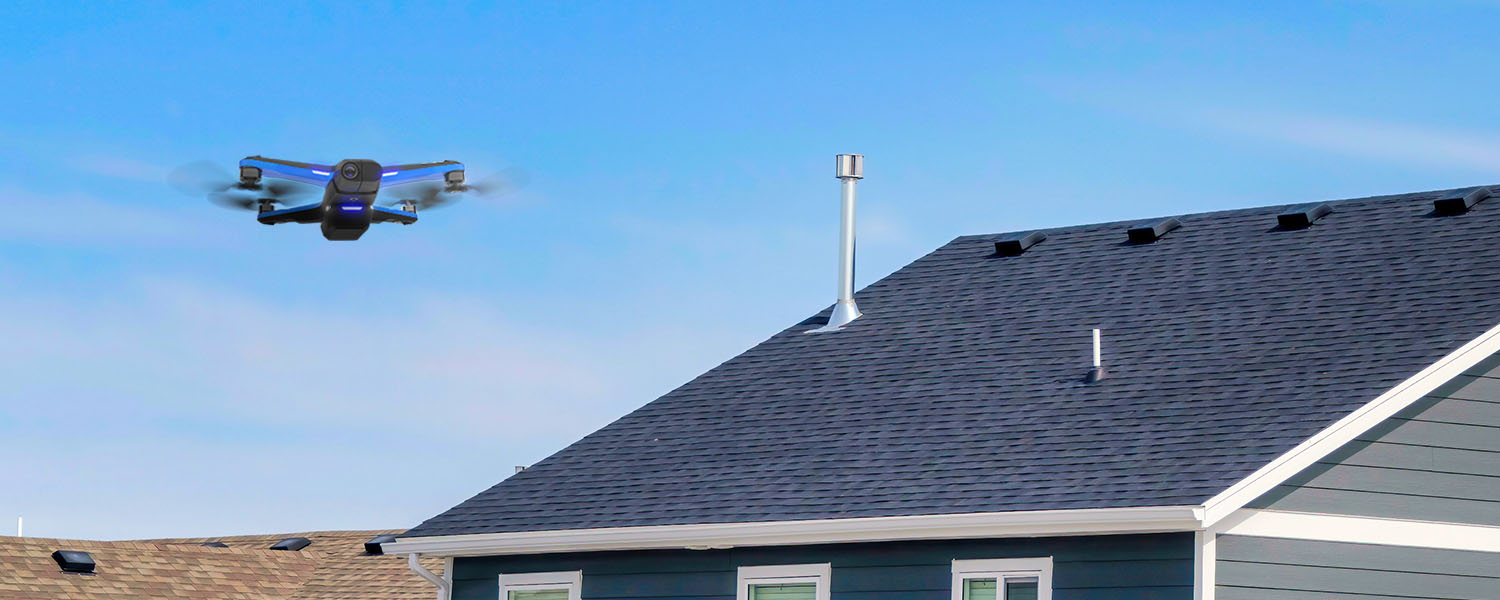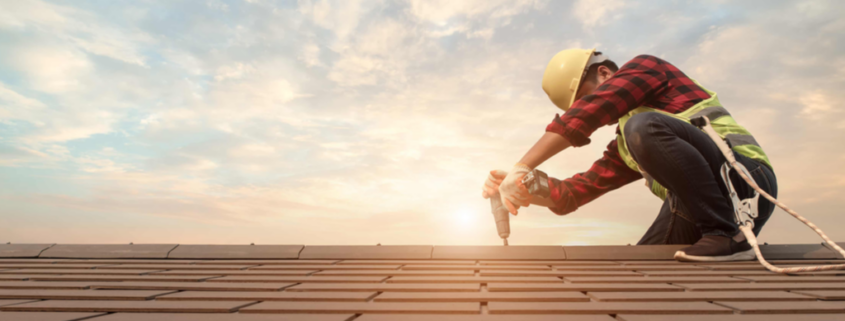
Roofing Safety Standards - Ensuring Protection and Compliance
Understanding Regulations in Professional Roofing Services Imagine you're standing atop a newly finished roof, the sun casting a warm glow over the shingles. As you admire the work, a thought strikes you – the safety and precision in every tile laid is no accident. It's the result of stringent regulations and measures in the world of professional roofing services . Let's delve into the world of roofing safety regulations , where every rule and guideline plays a crucial role in ensuring that the beauty of a finished roof is matched by its safety and compliance. The Backbone of Safety in Roofing: Key Regulations The Importance of Following Safety Measures and Regulations In roofing, a profession where the risk is as high as the workplace, safety regulations are not just guidelines; they are lifelines. These regulations are meticulously crafted to protect workers from the unique dangers they face, from perilous heights to unpredictable weather conditions. OSHA's Role in Roofing Safety The Occupational Safety and Health Administration (OSHA) stands as a sentinel in this field. OSHA's guidelines are the North Star for roofing professionals, illuminating the path to a safe and compliant work environment.

Top 10 Revolutionary Trends in the Roofing Industry: Exploring Drone Inspections
Exploring Drone Inspections Imagine you're a roofer, standing on the ground, looking up at a 10-story building, tasked with assessing the damage after a hailstorm. Traditionally, you'd be gearing up for a dangerous ascent, wouldn't you? However, the roofing industry is experiencing a wave of technological advancements that are poised to make your job safer and more efficient. One of these game-changing trends is the use of drones for roof inspections. The potential of this technology to revolutionize the industry is immense, but how exactly can it be integrated into your existing operations? Let's explore this together, as we navigate through the top ten trends in the roofing industry, with a special focus on drone inspections . Understanding Aerial Roof Surveys While you may be familiar with traditional methods of roof inspection, aerial roof surveys, conducted using drones, offer a cutting-edge, efficient, and safer alternative for comprehensive roof analysis. By using high-resolution cameras, drones capture detailed images and videos, enabling a thorough assessment of a roof's condition without the need for physical inspection. Let's delve into 'Surveying Safety Measures.' Drone inspections eliminate the risk of on-site accidents, as no personnel need to climb

What Kind of Roof Lasts the Longest?
What Kind of Roof Lasts the Longest? Are you in the market for a new roof and wondering which type will last the longest? Look no further. In this article, we'll delve into the factors that impact roof longevity and compare different roofing materials. You'll also discover the benefits of metal roofing and the importance of proper installation and maintenance. Plus, we'll share tips and best practices for extending the lifespan of your roof. Get ready to make an informed decision and enjoy a long-lasting roof.
Understanding the Factors That Impact Roof Longevity You'll want to know what factors can impact how long your roof will last. Understanding these factors can help you make informed decisions and ensure the longevity of your roof. One of the primary factors is the material used for your roof. Different materials have different lifespans, with some lasting longer than others. For example, metal roofs can last up to 50 years, while asphalt shingles typically have a lifespan of around 20 to 30 years. Another factor is the quality of installation. A properly installed roof will generally last longer than one that is poorly installed.